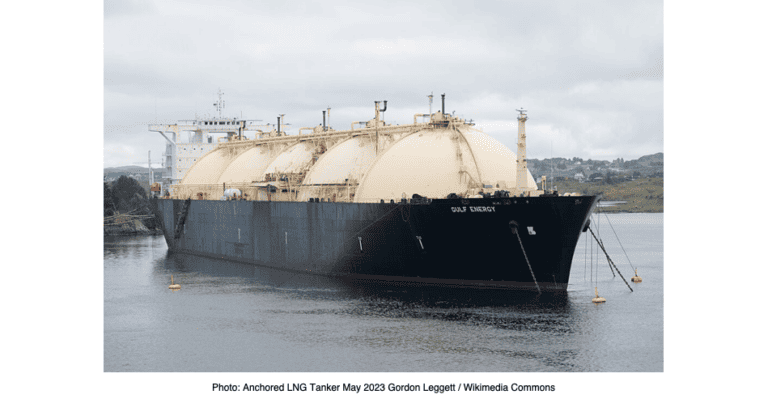
Why is nuclear energy an important influence on both natural gas and hydrogen futures?
The Feb 6, 2024 Energy Gang podcast was titled “A pause in US gas export approvals: a big win for the climate?US hits the brakes on gas exports!” It was described as a gassy episode with a focus on international natural gas trading, the impact of the Biden Administration’s pause on issuing new permits that…
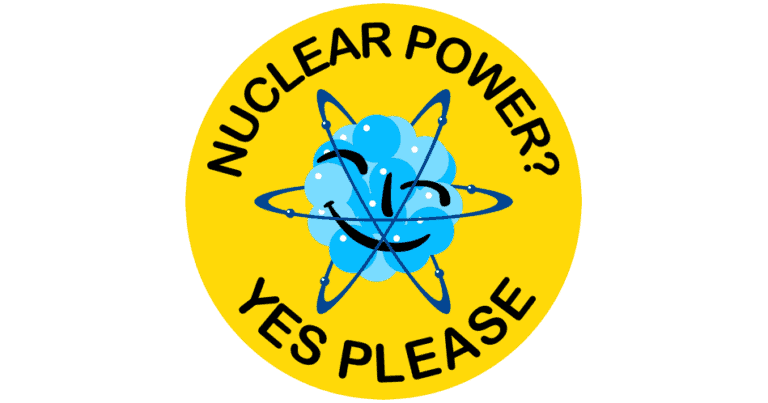
Pro-nuclear advocates should stop bashing advanced nuclear
I wish I knew why some nuclear advocates feel that it’s worth their time to spread as much negative information as they can find about the potential utility and value of advanced nuclear…
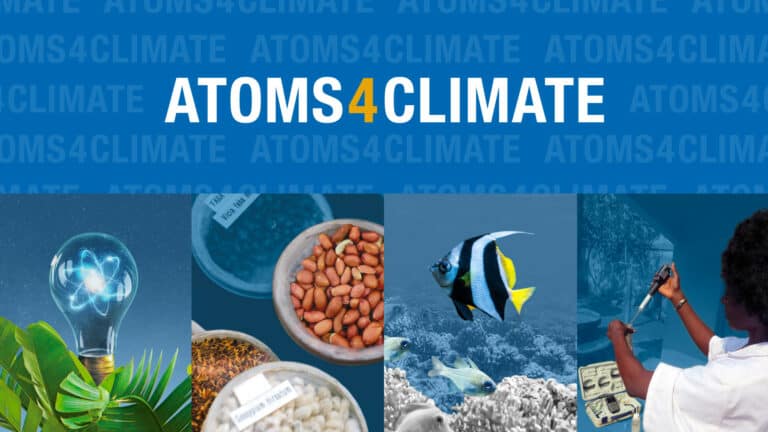
Why would climate publications disrespect nuclear fission?
Here is another instance of climate reporting that treats nuclear fission as if it barely exists. Before COP28, Cipher published an “Exclusive” that led off with “The United States is working behind the…
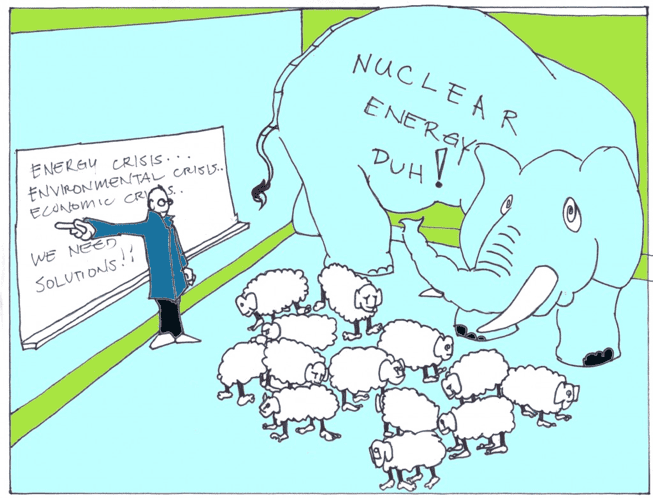
Why did The Energy Gang overlook the newsworthy impact of nuclear energy on COP28?
The Energy Gang’s Dec 15 episode discussed the major outcomes from COP28. Ed Crooks (@Ed_Crooks), Dr. Melissa Lott @mclott, and Amy Harder (@AmyAHarder) completed the show without mentioning nuclear energy. That episode of…

Atomic Show #314 – Economies of scale for micro, small, medium, large reactors – with James Krellenstein
James Krellenstein is a physicist, consultant and nuclear energy historian. He is currently employed as a senior advisor to Global Health Strategies. He started up their decarbonization practice with an emphasis on nuclear…

Atomic Show #314 – Economies of scale for micro, small, medium, large reactors – with James Krellenstein
James Krellenstein is a physicist, consultant and nuclear energy historian. He is currently employed as a senior advisor to Global Health Strategies. He started up their decarbonization practice with an emphasis on nuclear…

Atomic Show #313 – Stefano Buono, Founder and CEO of Newcleo
Stefano Buono is a physicist and the successful founder of Advanced Accelerator Applications, a multibillion dollar company that pioneered the use of several therapeutic medical isotopes. After making several people very rich, including…

Atomic Show #312 – Tyler Bernstein, CEO Zeno Power
Zeno Power makes cost-effective radioisotope power systems (RPS) for some of the most challenging environments in the solar system. Its systems use a proprietary package that allows a wider variety of isotopes to…
A Path from Coal to Nuclear is Being Blazed in Wyoming
Many of those who care about finding solutions to the physical distress that our climate is experiencing, as reported on this week in a landmark 1,300 page report by the IPCC‘s Sixth Assessment…
NRC accepted NuScale’s DCA. Will it complete its review on time? Estimated completion July 2020
Yesterday, the Nuclear Regulatory Commission accepted NuScale’s 12,000 page design certification application (DCA). That action starts the safety determination process, which is scheduled to take 40 months. Completed on December 31, 2016 and…
Atomic Show #238 – StarCore Nuclear co-founders
StarCore Nuclear is a Canadian company whose co-founders, David Dabney and David Poole, are experienced engineers and businessmen. They have spent most of the past six years developing a technology and a business…
Is the NRC the “gold standard” of nuclear regulation or the “DMV standard”?
On October 13, 2011 the Reuters news service published an article titled NRC delays reactor certification to study Japan damage that led with the following paragraph. WILMINGTON, N.C., Oct 13 (Reuters) – U.S….
Reactor Coolant Pumps for AP1000 still a problem
This is a story that I really don’t want to tell, but bad news is like old fish. It doesn’t smell any better as it ages. All eight AP1000 construction projects are at…
Irish people should ignore Arnie Gundersen because he’s wrong
A friend who often gets involved in discussions about nuclear energy stories with frightened people in his social media network contacted me to find out what I thought of an article titled Nuclear…
Smoking gun Part 7 – Australian mining union targets nuclear as a job threat
The ‘smoking gun’ series on Atomic Insights provides links to articles that describe a direct anti-nuclear statement from someone who is openly supporting a competitive energy source. This afternoon, I received an anonymous…
Smoking Gun Part 16 – Leader of British National Union Of Miners Demands CCS and Nuclear Shutdown
I have always tried to be clear when I talk about how fossil fuel interests have been responsible for much of the success of the organized anti-nuclear movement. Many people in various discussion…
Why would UBS root for Entergy’s Merchant Nukes to Close?
UBS Investment Bank holds a large portfolio of loans to companies involved in extracting natural gas using the combination of horizontal drilling and hydraulic fracturing. Because of the healthy fees associated with generating…
Investing in Nuclear
Nuclear investments – enabling the transition to a low-carbon economy
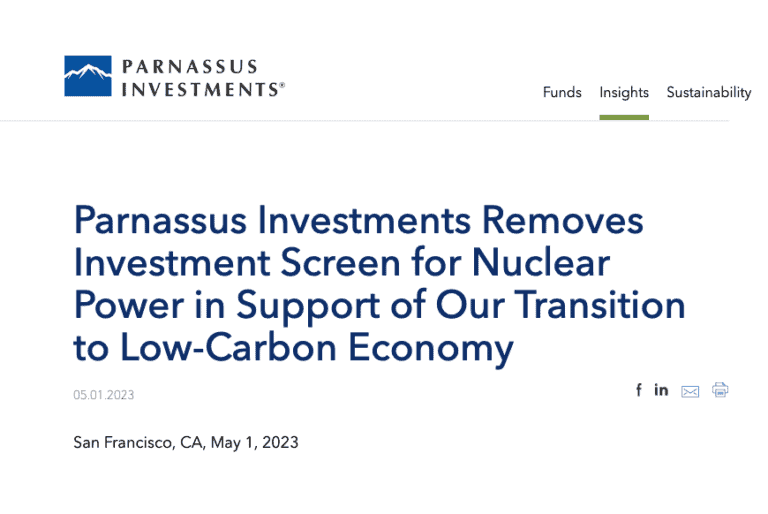
Parnassus Versus Green Century: A Contrast in Styles
Cross-posted from Nucleation Capital June, July and August of 2023 were the three hottest months the Earth has ever seen by such a large margin, it left climate scientists agog. Climate disasters are abounding apace, with the U.S. hit by 23 large-scale disasters, a record-breaking year already. In Pakistan, extreme rainfall and flooding affected 33…
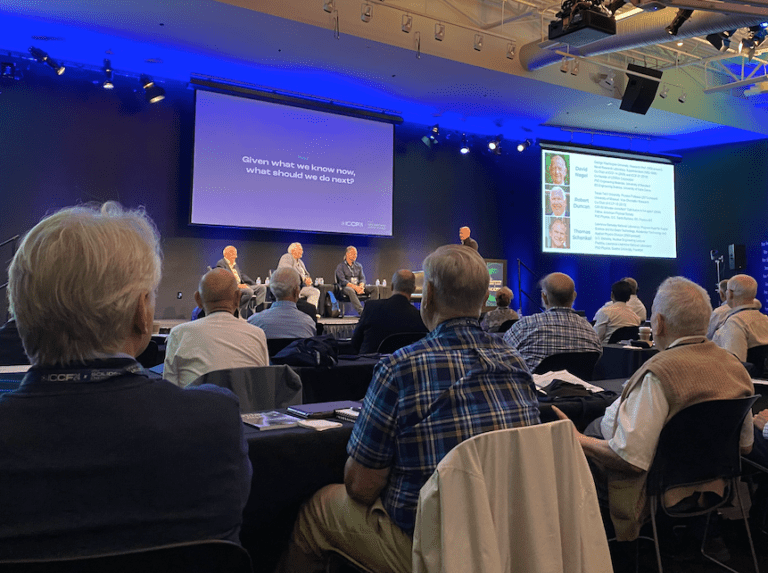
How Hot is Cold Fusion?
The 24th International Conference on Cold Fusion (ICCF24) was held at the lovely and spacious Computer History Museum in Mountain View, CA over four days in late July. As a venture investor looking at evaluating and investing in a wide range of advanced nuclear ventures, I was invited to participate and/or sponsor the event. While…

Rod Adams
Managing Partner, Nucleation Capital, a venture fund enabling broader investor access to a diverse portfolio of advanced nuclear energy and deep decarbonization ventures. Nuclear energy expert and former submarine Engineer Officer with nuclear propulsion plant experience. Founder, Adams Atomic Engines, Inc. Host and producer, The Atomic Show Podcast.
